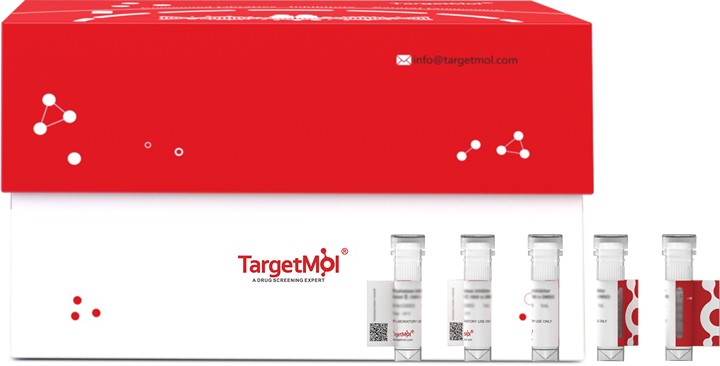Shopping Cart
- Remove All
 Your shopping cart is currently empty
Your shopping cart is currently empty

Human Papilloma Virus type 35 (HPV 35) L1 Protein-VLP is expressed in Baculovirus insect cells. The predicted molecular weight is 56 kDa.

| Pack Size | Price | Availability | Quantity |
|---|---|---|---|
| 100 μg | $698 | 7-10 days |
| Biological Activity | Activity testing is in progress. It is theoretically active, but we cannot guarantee it. If you require protein activity, we recommend choosing the eukaryotic expression version first. |
| Description | Human Papilloma Virus type 35 (HPV 35) L1 Protein-VLP is expressed in Baculovirus insect cells. The predicted molecular weight is 56 kDa. |
| Species | HPV |
| Expression System | Baculovirus Insect Cells |
| Tag | Tag Free |
| Protein Purity | ≥ 95 % as determined by SDS-PAGE. |
| Molecular Weight | 56 kDa (predicted) |
| Endotoxin | < 0.01 EU/μg of the protein as determined by the LAL method. |
| Formulation | Supplied as sterile 50 mM His, 0.5M NaCl, pH 6. 2. |
| Reconstitution | A Certificate of Analysis (CoA) containing reconstitution instructions is included with the products. Please refer to the CoA for detailed information. |
| Stability & Storage | It is recommended to store the product under sterile conditions at -70°C or lower. Samples are stable for up to 12 months at -80°C. Please avoid multiple freeze-thaw cycles and store products in aliquots. |
| Shipping | Shipping with blue ice. |
| Research Background | Papillomaviruses are highly species-specific and can cause squamous epithelial and fibroepithelial tumors in their hosts. Human papillomaviruses (HPVs) are associated with benign and malignant hyperproliferation of cells, with a wide variety of clinical manifestations ranging from condyloma acuminatum to cervical carcinoma. HPV infection is the most common sexually transmitted disease. More than 4 HPV types so far identified are known to infect the genital tract. Genital HPVs are divided into `low risk' HPVs such as HPV 6 and 11 and ‘high risk’ HPV types such as 16, 18, 31, 33, 35, 39, 45 and 52, 58 which are responsible for more than 95% of HPV-induced cervical cancer. Vaccination against these high-risk types seems to be the most feasible prevention for cervical cancer. Indeed, clinical trials have shown prophylactic HPV vaccines to be effective against HPV infection, cervical intraepithelial neoplasia (CIN), and genital warts, but protection is type-specific and the currently developed vaccines target only a few types. These vaccines are based on papillomavirus-like particles (VLPs) composed of the major capsid protein, L1. The L1 protein self assembles into VLPs when expressed at high levels in eukaryotic or insect cells. VLPs are composed of 36 copies of L1 protein organized into 72 pentamers, so-called capsomeres, to form particles that are immunologically indistinguishable from native virions. Experimentally induced VLP antisera are mostly type-specific for neutralization. Minor cross-neutralization has been observed only between closely related HPV types, e.g. HPV6 and 11, HPV18 and 45, or HPV16 and 31. Structure analysis has revealed the presence of several hypervariable loops on the outer surface of the capsid. With a few exceptions, all HPV-neutralizing monoclonal antibodies analyzed so far are type-specific and recognize conformational epitopes within surface-exposed hypervariable loops of the major capsid protein L1. |

Copyright © 2015-2025 TargetMol Chemicals Inc. All Rights Reserved.